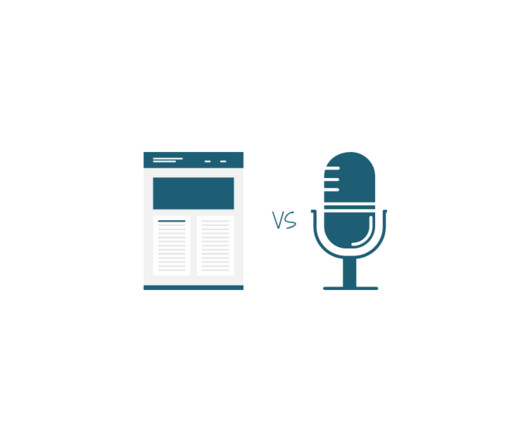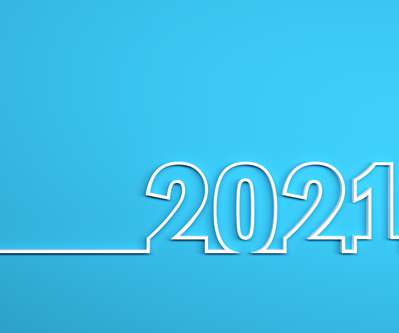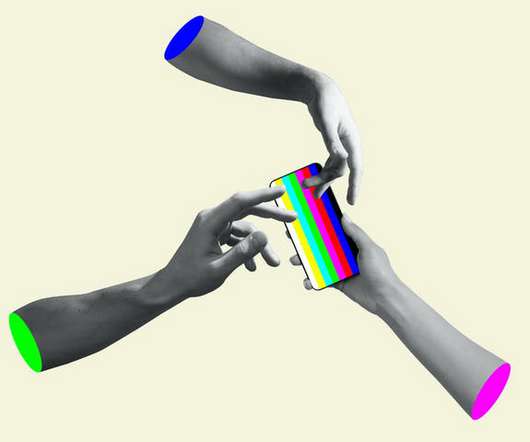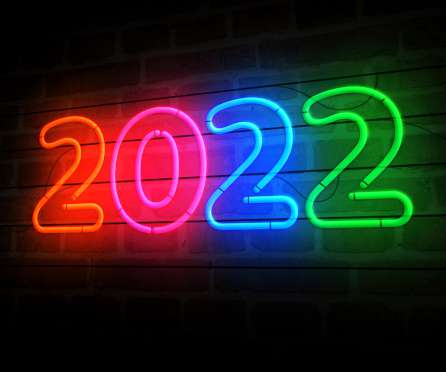Is the Traditional Classroom Becoming Obsolete?
Ask a Tech Teacher
APRIL 28, 2025
Changing Student Expectations Given the rapid evolution of technology and educational methods, student expectations have shifted considerably in recent years. Today’s students demand more than just traditional lectures and textbooks; they’re looking for an engaging, flexible, and personalized learning experience.

























Let's personalize your content